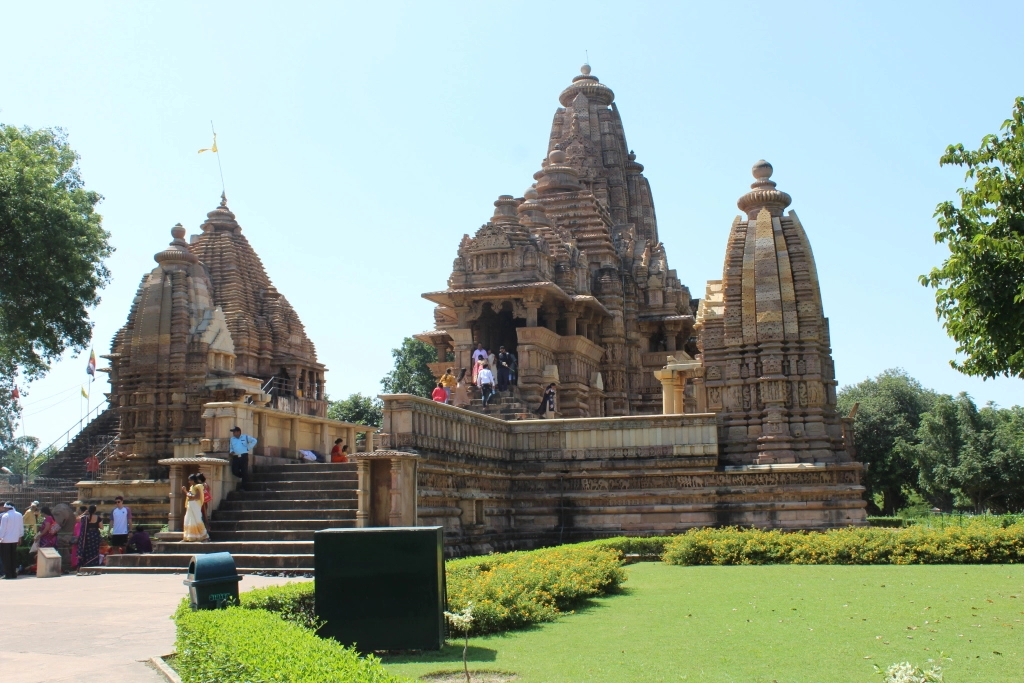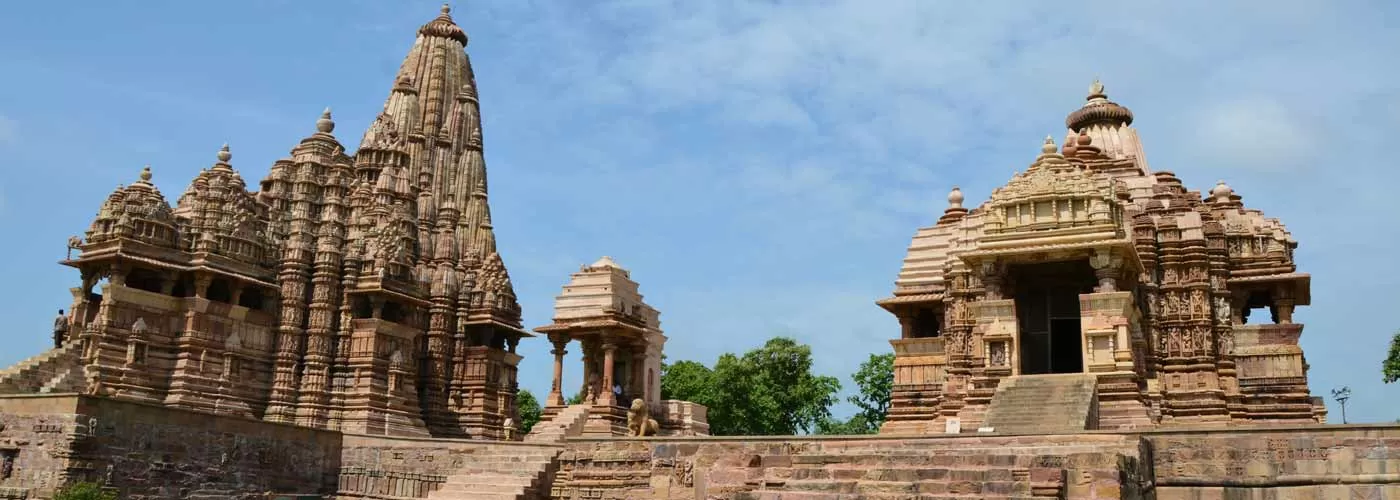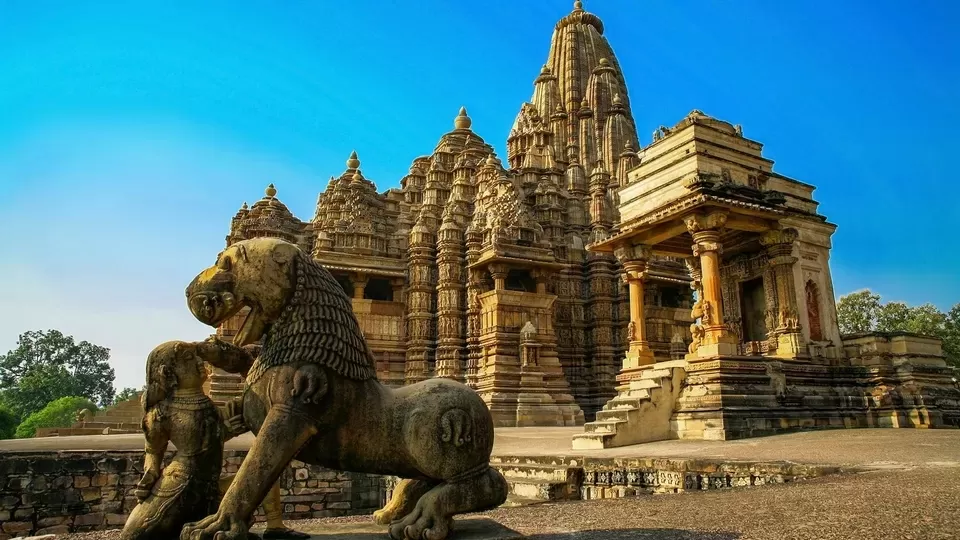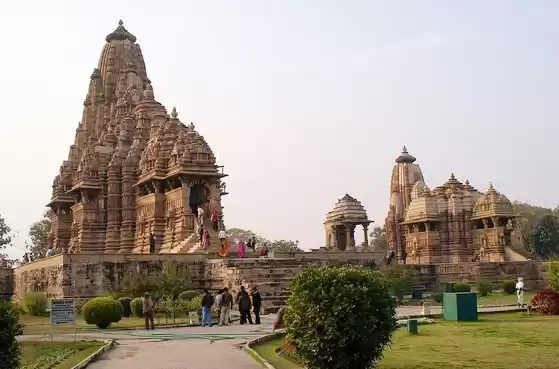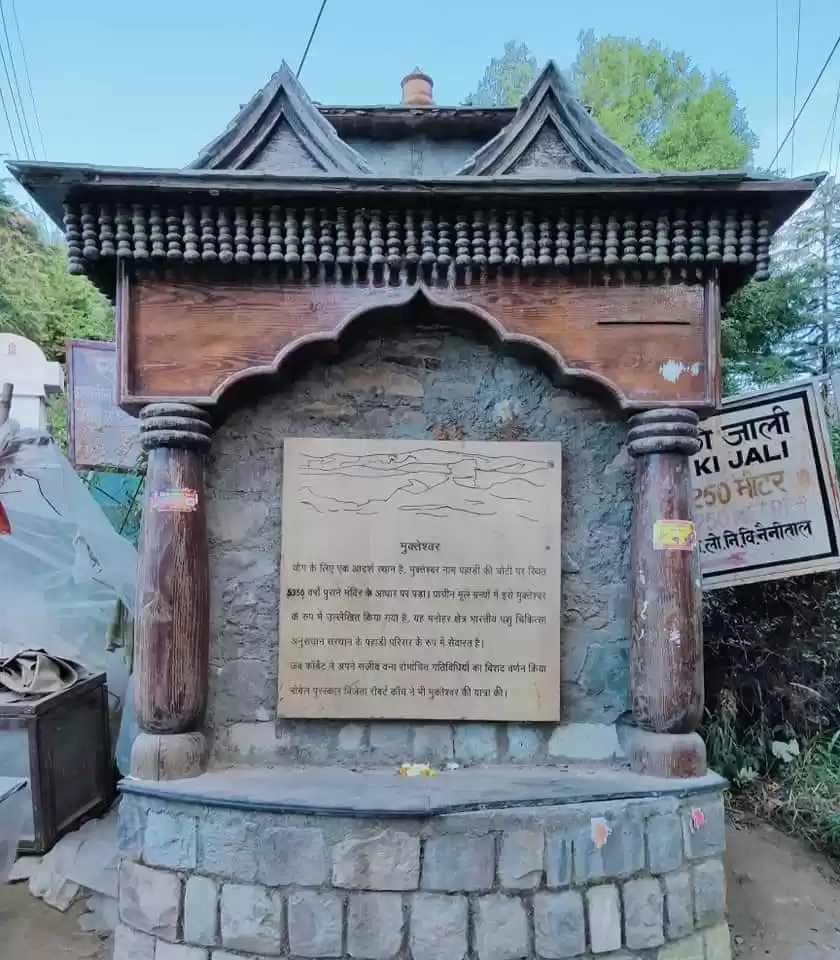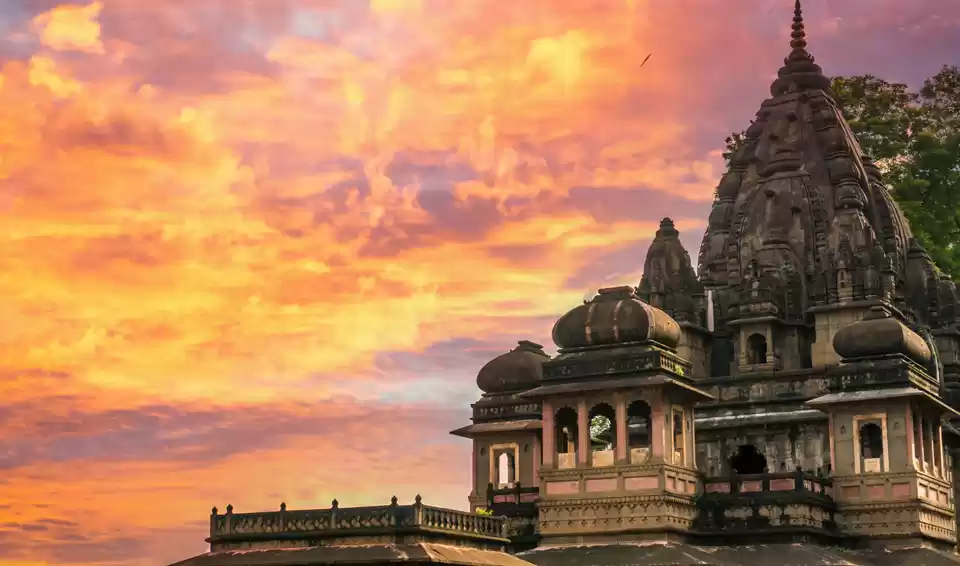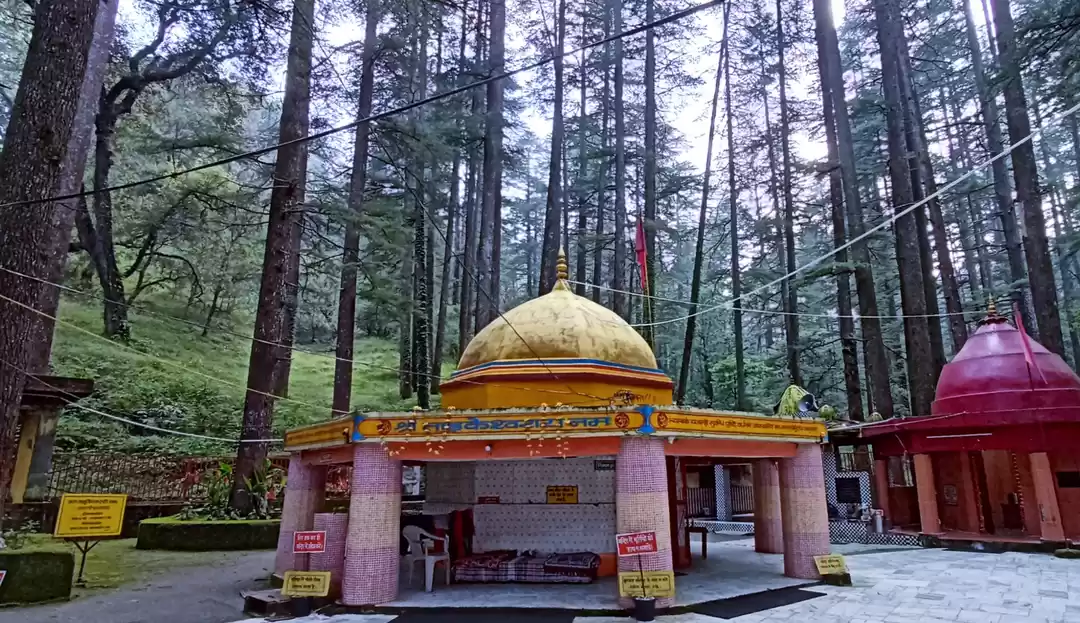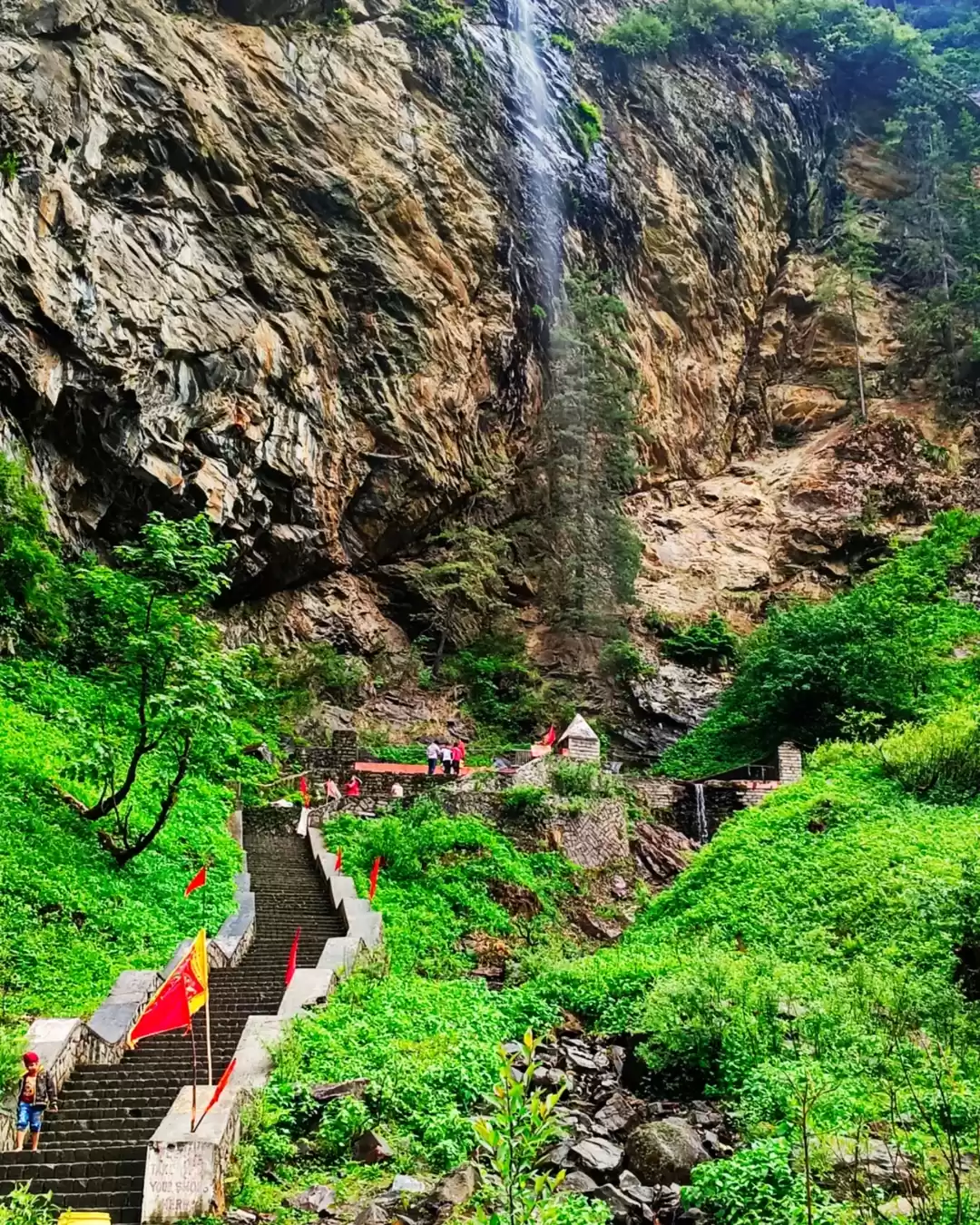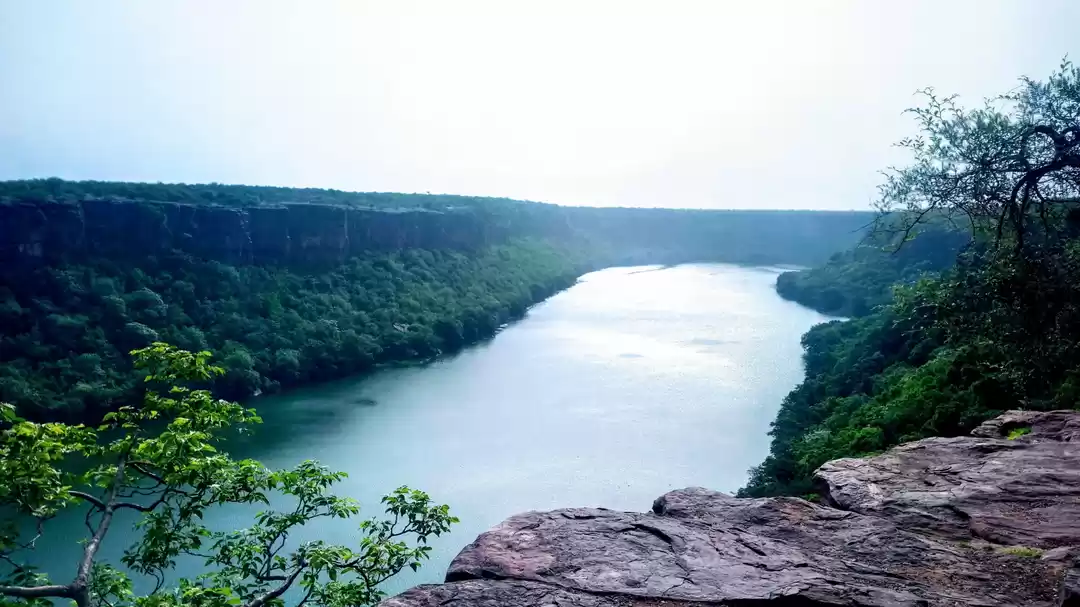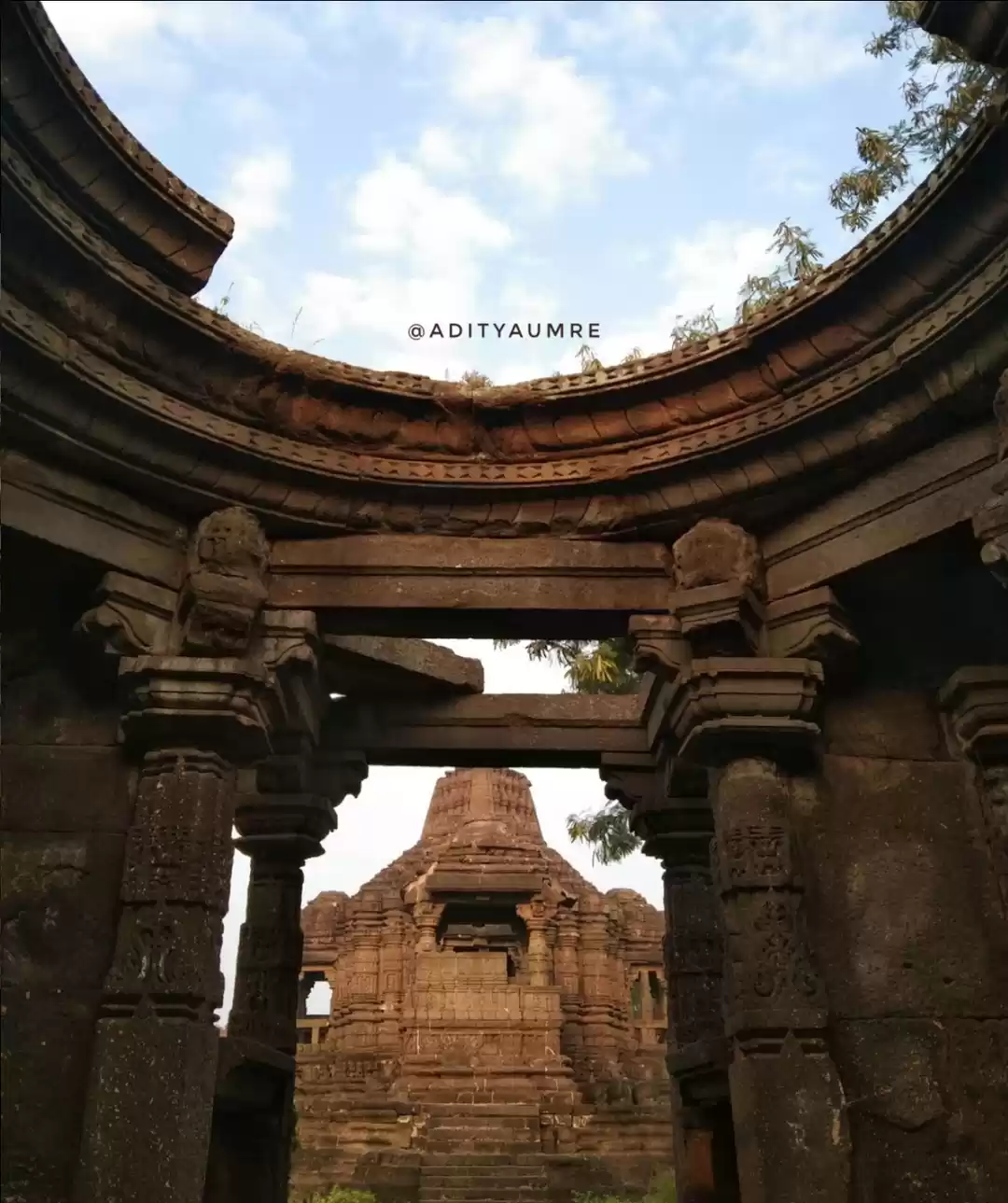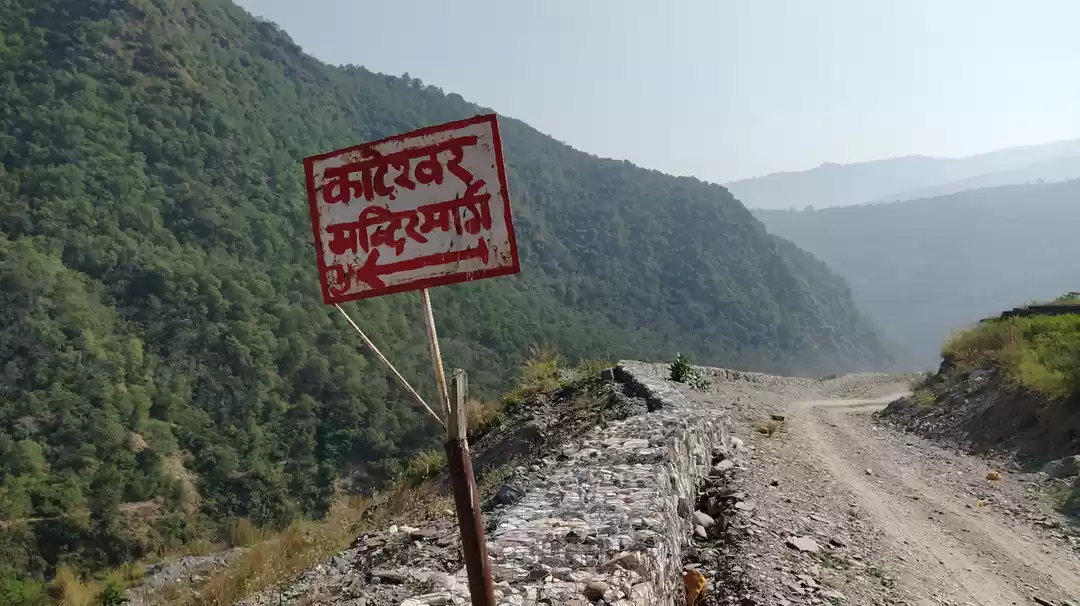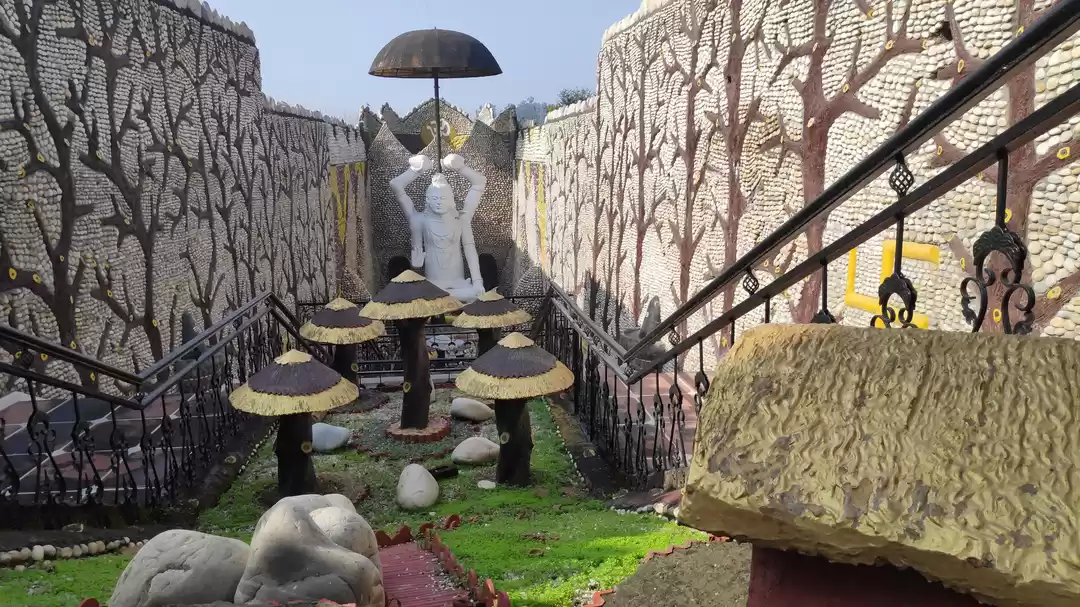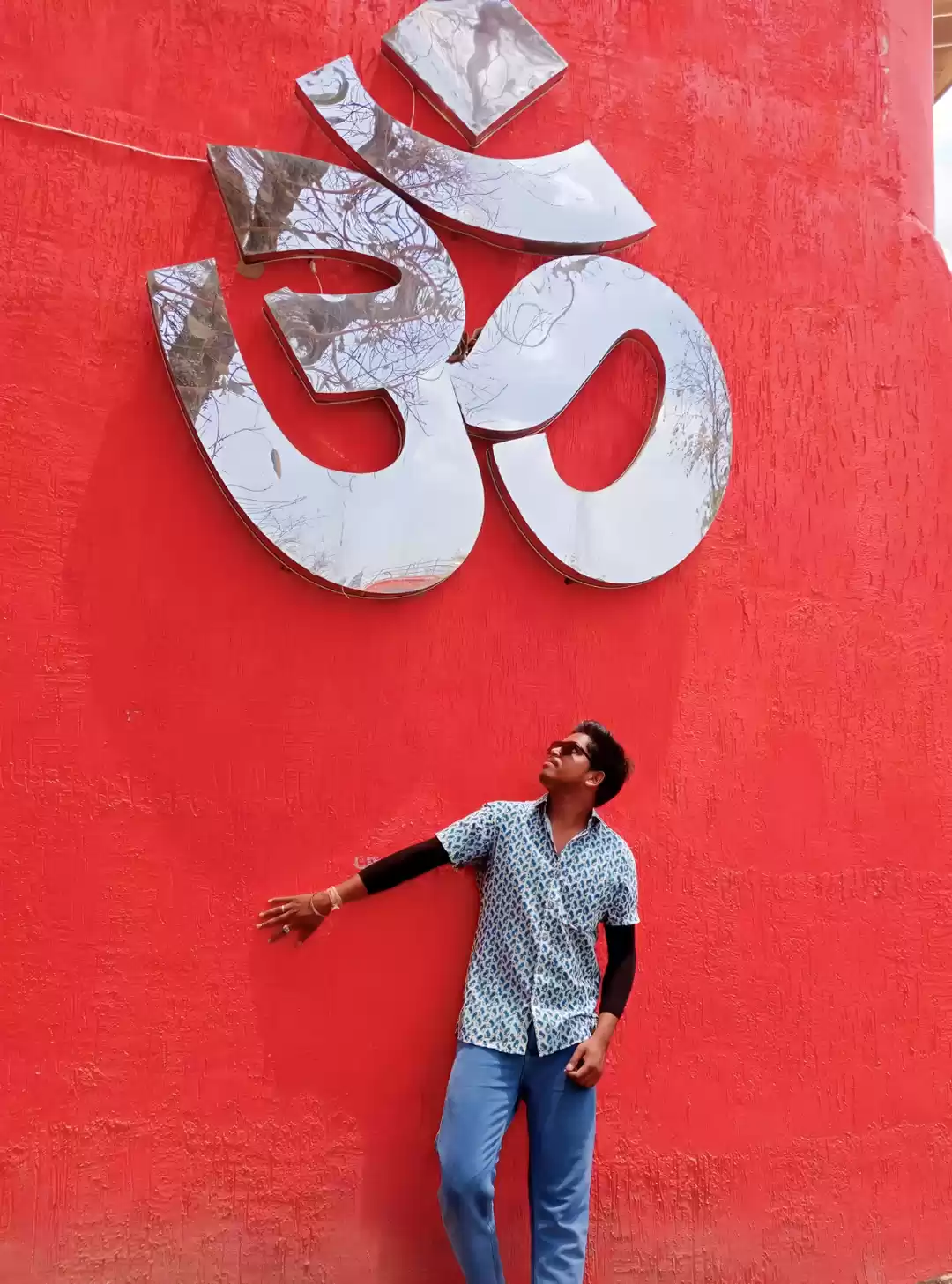Imagine a temple rising amidst the verdant plains of Madhya Pradesh, its towering shikhara (spire) piercing the azure sky.
This is the Kandariya Mahadev Temple, the undisputed masterpiece of the Khajuraho temple complex, a UNESCO World Heritage Site.
Crafted from sandstone in the 11th century by the illustrious Chandela dynasty, Kandariya Mahadev Temple is not just a place of worship, but a captivating testament to bygone artistry and devotion to Lord Shiva.
A Journey Through Time: The Legacy of the Chandela Dynasty
Step back in time to the 10th-11th centuries, when the Chandela Rajput kings reigned supreme in Central India.
Renowned patrons of art and architecture, the Chandelas left behind an enduring legacy, with Khajuraho serving as their crown jewel.
The Nagara style of architecture characterizes Kandariya Mahadev Temple, evident in its curvilinear tower (shikhara) resembling Mount Kailash, the abode of Lord Shiva.
The intricately carved exteriors, a hallmark of Chandela architecture, hint at the artistic grandeur that awaits within.

A Symphony in Stone: Unveiling the Architectural Marvel
As you approach the temple, prepare to be enthralled by a symphony carved in stone. Every inch of the exterior walls is adorned with a mesmerizing profusion of sculptures.
Deities from the Hindu pantheon like Brahma, Vishnu, and Ganesha grace the walls, their expressions radiating serenity and power.
Celestial nymphs (apsara dancers) in various poses, their flowing attire and intricate jewelry captivating the eye.
Geometric patterns and floral motifs add a touch of elegance, while friezes depicting scenes from mythology offer a glimpse into ancient Hindu epics.
The Intrigue of the Sculptures: Beyond the Obvious
The sculptures of Kandariya Mahadev Temple have sparked debate and interpretation for centuries.
While some carvings celebrate love and sensuality with a remarkable display of human anatomy and emotions, others showcase warriors and tales of bravery.
This unique juxtaposition has led to varying interpretations, with some viewing the sensual carvings as symbolic representations of fertility and life, while others see them as a celebration of earthly pleasures.
Regardless of interpretation, these carvings undeniably add to the temple's mystique and artistic depth.

The Inner Sanctum: A Spiritual Haven
The heart of the temple lies in the sanctum sanctorum, a place of profound serenity. Here, enshrined within the dimly lit chamber, rests the Shiva Linga, the revered representation of Lord Shiva.
The smooth, black stone linga, symbolizing the infinite potential and limitless energy of the universe, is the focal point of worship.
Devotees seeking blessings and spiritual solace often chant prayers and perform pujas (offerings) within the sanctum, creating a palpable aura of devotion.
A Tapestry of Temples: Unveiling Khajuraho's Rich Heritage
Khajuraho is an open-air museum, with Kandariya Mahadev Temple being its undisputed crown jewel.
Venture beyond this magnificent structure to explore the Western and Eastern Groups of temples, each boasting unique architectural styles and themes.
The Western Group, known for its intricate carvings and focus on sensuality, includes gems like the Lakshmana Temple and the Vishvanatha Temple.
In contrast, the Eastern Group, known for its simpler facades and emphasis on spiritual symbolism, houses temples like the Adinath Temple and the Parsvanath Temple.

Tailoring Your Khajuraho Experience: Something for Everyone
Families: Engage children with scavenger hunts based on specific deities or themes depicted in the sculptures. Storytelling sessions about Hindu mythology can bring the carvings to life.
Solo Travelers: Embrace the tranquility of the temple complex for introspection and reflection. Join a guided tour led by a knowledgeable local to gain deeper insights into the history, symbolism, and cultural significance of the carvings.
Couples: The romantic ambiance created by the intricate carvings and serene atmosphere provides a perfect setting for a memorable experience. Pack a picnic basket and enjoy a private lunch amidst the temple complex (remember to be respectful of the surroundings).
Groups: The sheer scale and magnificence of the temples are best appreciated with friends. Hire a local guide to transform your visit into an interactive learning experience, where the hidden stories and cultural significance of the carvings are unveiled.
Essential Tips for a Fulfilling Visit
Dress modestly: As a place of worship, respectful attire is recommended. Cover your shoulders and knees.
Photography: While photography is permitted within the temple complex, avoid using flash inside the sanctum to preserve the sanctity of the space.
Guides: Enhance your experience by hiring a government-approved guide readily available near the temple entrance. Their insightful tours will unravel the hidden stories and symbolism embedded within the sculptures.
Planning Your Visit
Accommodation: Khajuraho offers a variety of hotels and guesthouses catering to all budgets. Consider booking your stay in advance, especially during peak season.
Time of Day: The early morning hours or late afternoons offer a more pleasant experience, avoiding the harsh midday sun.
Footwear: Be prepared to remove your shoes before entering the temple complex, as is customary in places of worship across India.
Beyond the Temple Walls: Exploring Khajuraho and Beyond
Khajuraho serves as a gateway to explore the rich tapestry of Madhya Pradesh. Consider extending your itinerary to include:

The Archaeological Museum:
Located within the temple complex, the museum houses a collection of artifacts, sculptures, and bronzes unearthed from the Khajuraho excavations. It offers a deeper understanding of the region's history, artistic evolution, and cultural significance.
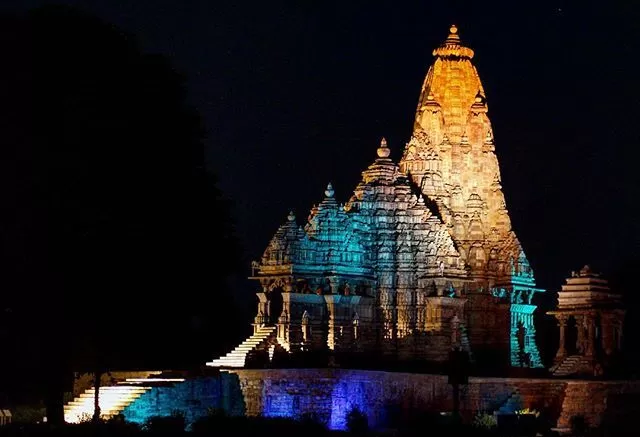
Light and Sound Show:
Immerse yourself in the captivating story of Khajuraho through the mesmerizing light and sound show held every evening at the temple complex. The show narrates the history of the Chandela dynasty and the artistic marvel they created.

Raneh Falls:
For a refreshing break, take a short excursion to the Raneh Falls, a scenic cascade surrounded by lush greenery, located approximately 20 kilometers from Khajuraho.
The Kandariya Mahadev Temple transcends the boundaries of a mere structure. It is a captivating testament to the artistic brilliance of the Chandela dynasty, a window into the rich tapestry of Hindu mythology, and a place of profound spiritual significance. Whether you seek artistic inspiration, historical knowledge, or a spiritual connection, Kandariya Mahadev Temple promises an unforgettable experience.
So, embark on your journey to Khajuraho, and prepare to be mesmerized by the grandeur of this architectural marvel.


